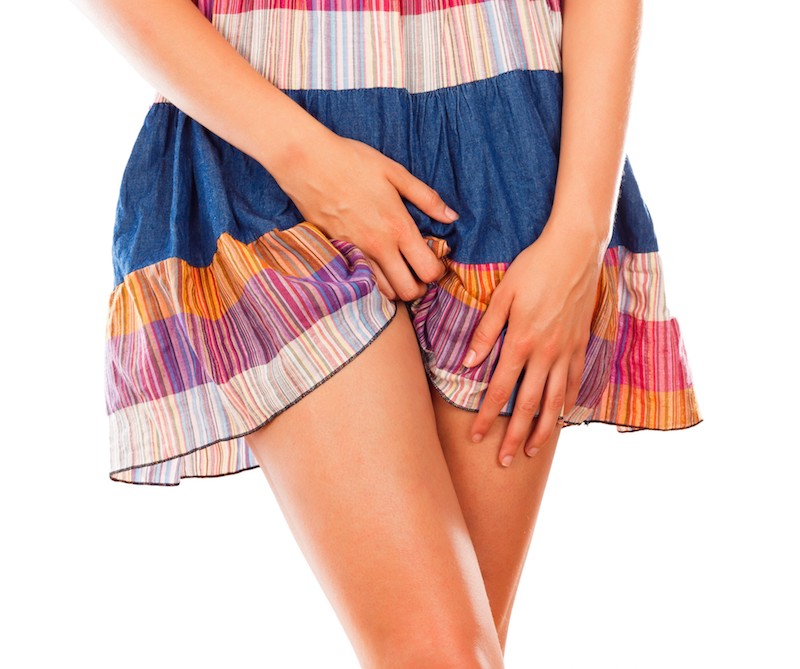A yeast infection is a fungal infection that affects up to 75 percent of women at some point in their lifetime.
It is caused by a type of yeast called Candida albicans. This yeast lives naturally in the vagina in small numbers. Its growth is kept in check by Lactobacillus acidophilus – good bacteria that helps keep the vagina healthy and protects against disease. When there aren’t enough of these bacteria in your system, overgrowth of yeast can occur and cause symptoms of vaginal yeast infection.
Symptoms include:
- Thick, clumpy, white vaginal discharge.
- Intense itching of the vaginal area.
- Redness, irritation and soreness of the vagina.
- Swelling of the vagina.
- Pain during sex.
- Pain or burning during urination.
Once you get a yeast infection, you’re more likely to get another one.
Ask Hello Doctor about the differences between a yeast infection and other conditions.
The causes
Antibiotics can lower the amount of good bacteria in the vagina, and cause yeast to multiply, invade tissues, and cause irritation to the lining of the vagina. High oestrogen levels caused by pregnancy or hormone therapy can also cause this irritating issue.
Poor eating habits, stress, a lack of sleep, and the use of douches or perfumed vaginal hygiene sprays may also increase your risk.
Those especially at risk for yeast infections are women with suppressed immune systems, like HIV patients and diabetics.
Help at hand
Yeast infections are easily treatable. Each yeast infection is different, so your doctor will suggest a treatment to suit you. Your doctor may recommend:
- Antifungal medications in the form of a cream, ointment, suppository or tablet. Some of these medications are available without a prescription. Over-the-counter antifungal vaginal suppositories and creams are effective and a safe choice during pregnancy. These medications need to be taken for about seven days to clear the infection.
- Oral prescription medications. Your doctor may prescribe a once-off, single oral dose of the antifungal medication, Fluconazole. This is usually used to treat yeast infections that don’t respond to topical treatment or recurrent yeast infections. If you’re pregnant, you should not be using oral prescription medications to treat yeast infections.
After treatment, follow up with your doctor to make sure it worked. If you have more than four yeast infections in a year, see your doctor. Your yeast infections may be due to another health problem (like diabetes).
Good to know
- Use mild, unscented soap and water and rinse yourself well.
- After using the toilet, wipe from front to back to avoid spreading yeast or bacteria from your anus to your vagina or urinary tract.
- Avoid using fragranced tampons and pads, and feminine deodorants, sprays, perfumes or powders. These items can change the balance of bacteria in your vagina.
- Wear cotton underwear to keep your genital area dry and free from warmth and moisture.
- Avoid wearing tight-fitting pants, jeans and pantyhose. These may increase body heat and moisture in your genital area.
- Don’t sit around in wet clothing, like swimsuits or workout gear. This may keep your genital area warm and moist.
- Avoid long stints in hot tubs or taking very hot baths frequently.
- As far as possible, keep antibiotic use to a minimum.
Healthy diet = healthy vagina
The foods you eat affect every organ in your body – even your vagina. To keep yours healthy and prevent yeast infections, add more of these foods to your diet:
- Yoghurt contains probiotics (healthy bacteria) needed to keep your vagina healthy and pH in balance. Probiotics may reduce the incidence of recurrent vaginal infections.
- Cranberries contain acidic compounds that reduce the growth of bad bacteria that may lead to infection.
- Garlic has antifungal and antimicrobial properties, which can prevent yeast infections.
Stay away from foods that are packed with sugar, refined carbohydrates, and alcohol. These disturb the pH levels of the vagina, and fuel bacterial growth and fungal infections.
References:

